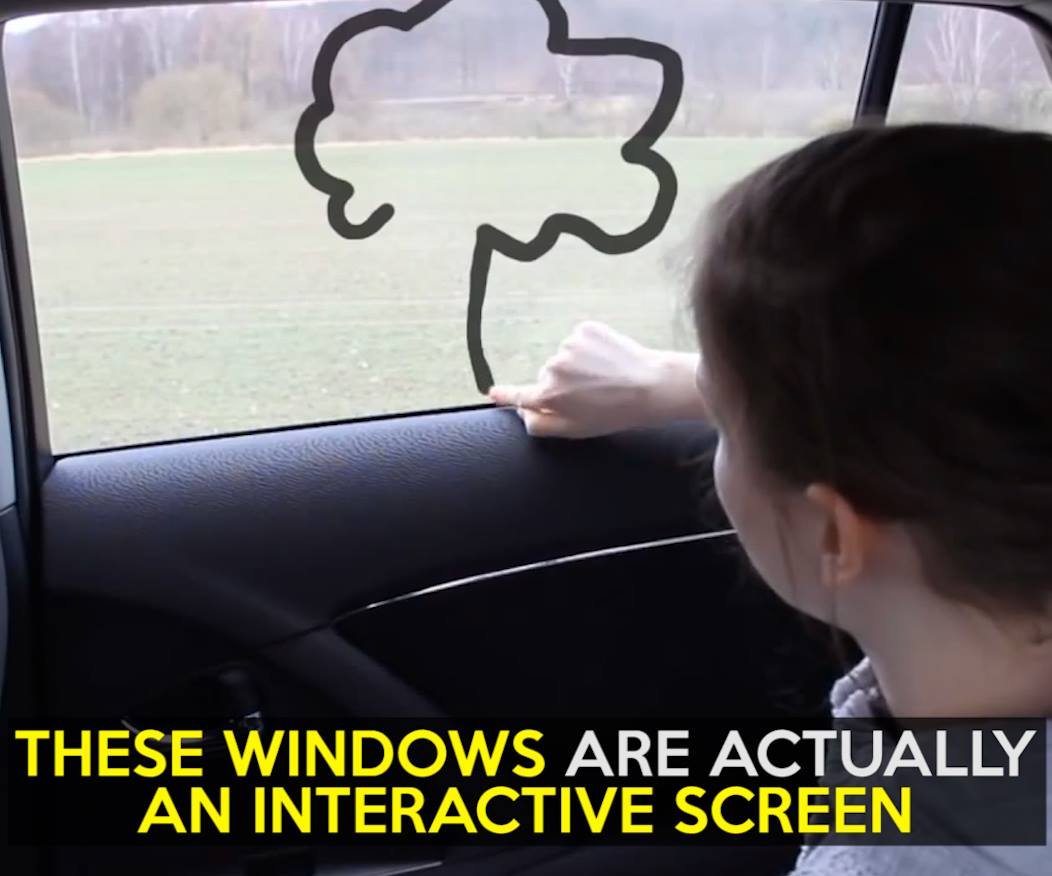The effects of a rapidly aging population have a number of serious economic and social implications.
What a rapidly aging populaton means to the economy and the workforce and why biotechnology is the answer.
#aging #economy

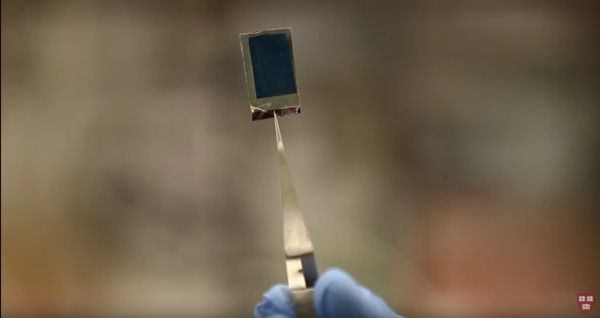
Plants take in carbon dioxide, water, and sunshine to create a sugary fuel. Now researchers have done the same, but even better.
A recent study in Science describes the system, named Bionic Leaf 2.0. In the “leaf,” solar energy splits up a water molecule, and bacteria turn hydrogen and carbon dioxide into liquid fuel, mainly isopropanol. The fuel could possibly be used to power a car’s engine or motor in the future.
The researchers, led by Daniel Nocera and Pamela Silver from Harvard University, have made advancements on their original Bionic Leaf, released last year. The system had some problems, mainly with the metal catalyst that helped the reaction. In the first edition, the catalyst also set off a reaction that attacked the bacteria’s DNA.
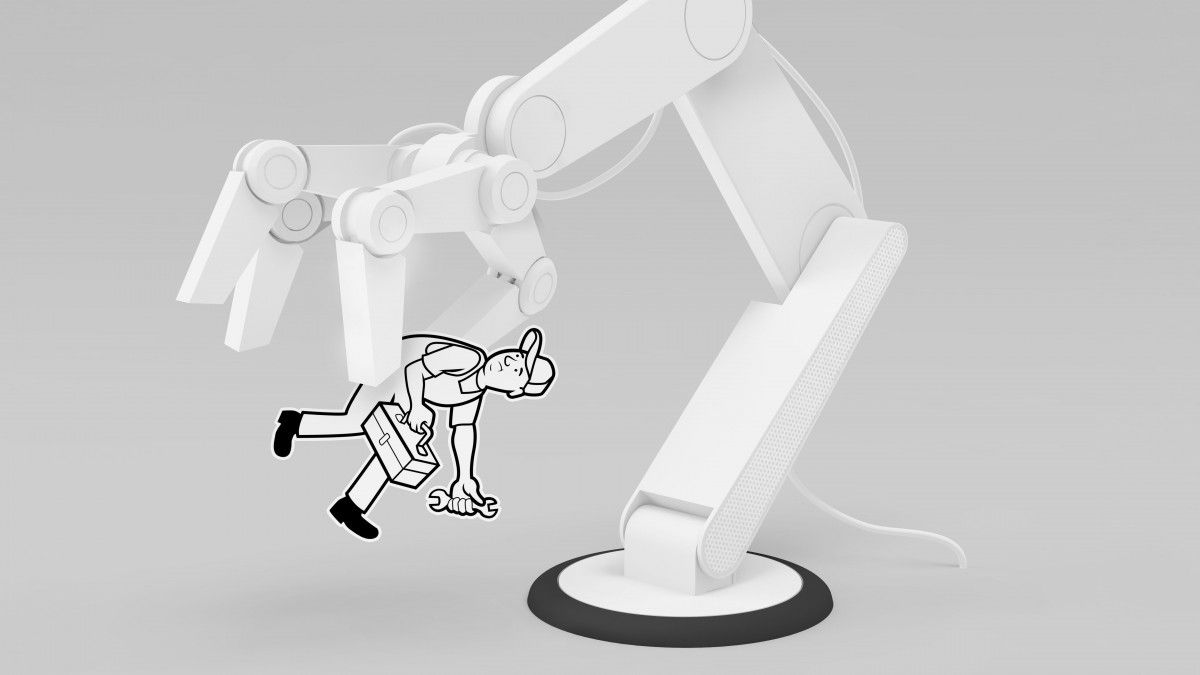
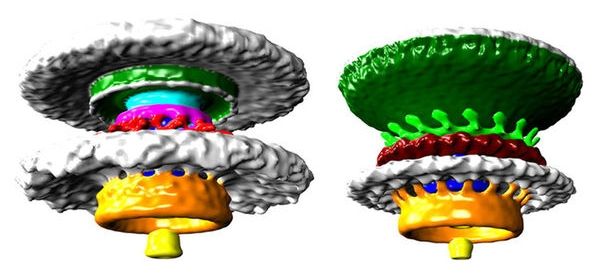
Among bacteria’s many attributes, perhaps one of its most overlooked yet important ones is its ability to propel itself via flagellum, a unique appendage hanging off its end. This mechanism is a perfect example of a naturally occurring, biological wheel.
Now, for the first time, scientists were able to take a high resolution, 3D look at these wheels at work, using an electron microscope. Their work was published online yesterday in the journal, PNAS.
A flagella is like a tiny tail at the end of the bacteria, allowing it to move through various mediums. It generates torque (that’s twisting force) from stators, a ring of structures around the motor part of the organ. These act as the wheel providing the power.

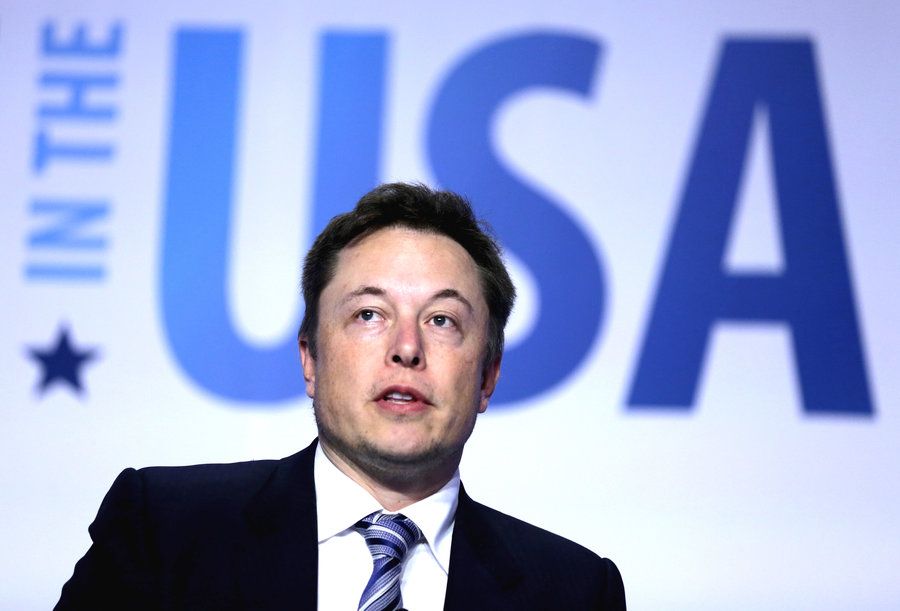


It tells us something important about cancer.
A mysterious cell process named anastasis (Greek for “rising to life”) challenges our idea of life being a linear march towards death, and suggests that cell death can actually be reversed under certain conditions—essentially allowing cells to un-die.
Even as the cell is shrivelling up in response to radiation, toxins, or other stresses, it can in some cases undo the dying process and repair itself if the stress is taken away before the cell is completely gone, said cell biologist Denise Montell of the University of California, Santa Barbara.
